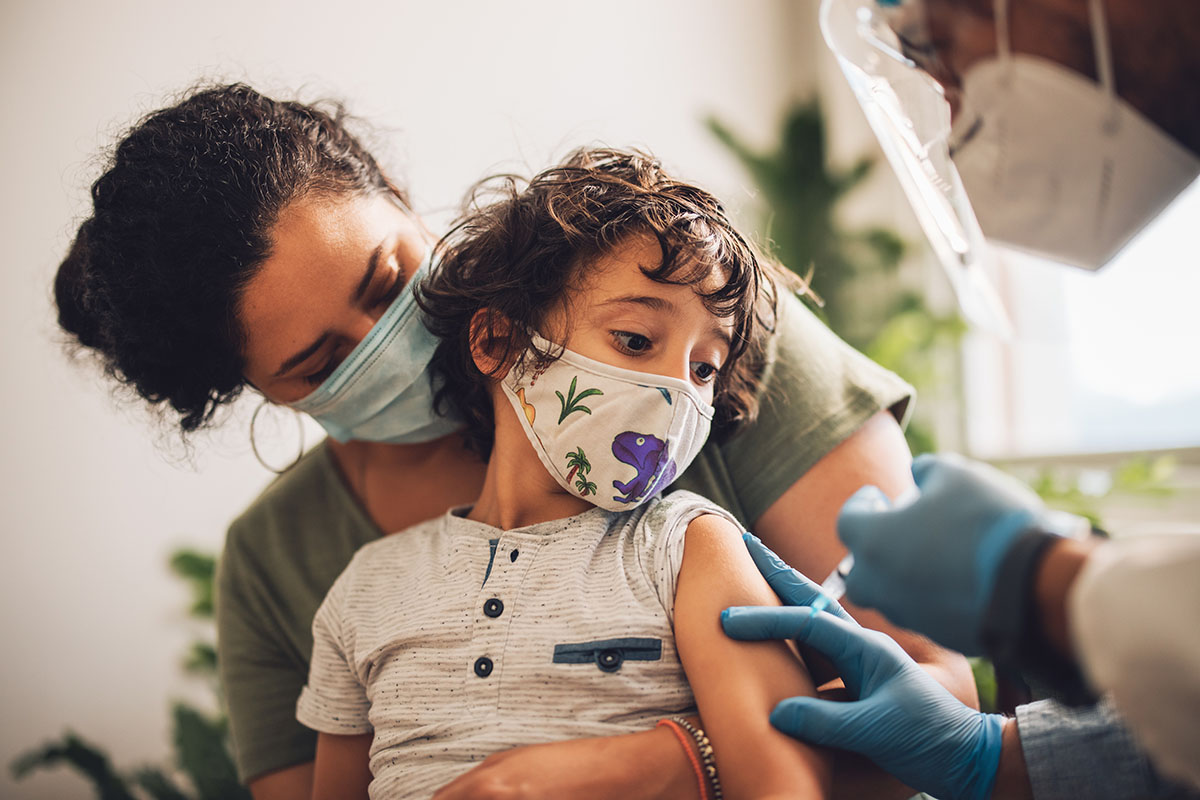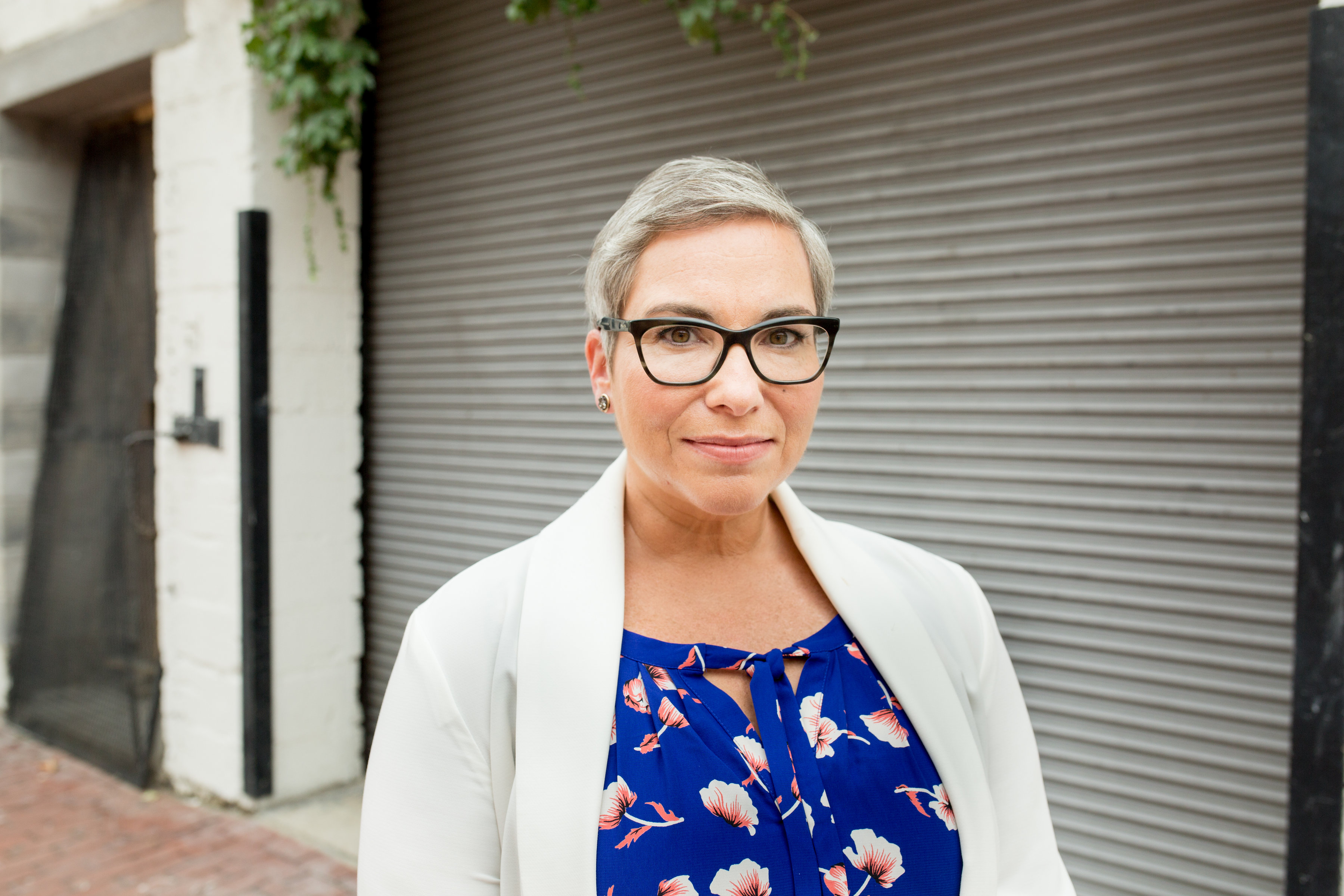News
Advocating for health equity for children’s COVID-19 vaccine rollout: a grassroots case study in Washington D.C.

By David Slipher
On Oct. 20, when the Biden administration released guidelines for distributing COVID-19 vaccines to children ages 5-11, Sarah Raskin, Ph.D., had some immediate concerns, as a health care policy expert, as a community volunteer and as a mom.
The day after the federal announcement, the D.C. mayor’s office released a limited plan that called for vaccine rollout in pediatricians' offices, pharmacies and school-based clinics. It left a lot of implementation questions unanswered, said Raskin, an assistant professor of public policy at the L. Douglas Wilder School of Government and Public Affairs and iCubed Oral Health Core at Virginia Commonwealth University.
From recent experiences tracking public vaccine distribution shortfalls for adults and adolescents ages 12-17, Raskin felt there would be serious challenges to getting children vaccinated effectively and that the impact would be inequitable to many local communities.
“Children depend on parents or family members or guardians to make decisions for them,” Raskin said. “And children have already been burdened by so much heaviness during the pandemic. They have suffered. Advocating for children to become vaccinated equitably is really arguing for the opportunity for all children to just get back to being children.”
Questioning equitable vaccine access
There were many problems with the District of Columbia plan, according to Raskin. Most importantly, like the federal plan, it wasn’t designed to support mass vaccination sites like those available for adults. Pediatric clinics were already backlogged with routine appointments delayed by COVID-19 and bouts of flu and respiratory virus. The plan also could bottleneck vaccine access by relying on pharmacies to determine geographic participation. Finally, it ignored the education and outreach components that would be necessary to support parents’ decision-making with regard to the safety and timing of the vaccine.
A rollout without a strong equity plan was poised to bypass historically marginalized and persistently under-resourced caregivers, such as parents who couldn’t take time off from work to take children to appointments, or grandparents and other relatives who couldn’t legally sign consent forms for the children, Raskin said. Others affected would be parents who couldn’t afford private health insurance but didn’t qualify for Medicaid, and undocumented parents who were afraid to have their immigration status challenged.
“As a result of having the opportunity to teach public health emergency preparedness at the Wilder School for the last couple of years, I've become much more familiar with best practices in planning and then implementing public health emergency guidance,” said Raskin. “It must be done through lenses that include equity, community engagement and trust in individuals’ decision-making processes. So whether we're talking about evacuating during a hurricane or choosing when to get vaccinated and by whom, we have to listen to and respect those perspectives while also doing everything in our power to make resources available in an equitable manner.”
Taking action at the local level
Raskin knew something more had to be done. As a public policy researcher, she saw an opportunity to advocate at the grassroots level for a better solution. She began speaking with other concerned parents, sharing knowledge and building a case for taking action. A coalition began to form, offering technical expertise from many backgrounds such as health care equity, global vaccination delivery and policy implementation. Teachers, principals, neighborhood leaders and community advocates organized, preparing a public campaign to build support for their cause. Raskin also reached out to her network of Wilder School public policy graduates.
The group shared ideas and built talking points, launching social media campaigns to direct concerns to government officials. They petitioned the mayor’s office and neighborhood representatives. The work built and eventually culminated with Raskin, along with other residents, publicly voicing their concerns at a city council meeting on Oct. 27.
Raskin can’t say it wasn't a coincidence, but just one day after the meeting, the mayor’s office announced extended appointment-based clinics in schools across eight wards, including some community centers. The city would also permit community groups to submit requests to participate by hosting their own vaccine clinics, especially after school and on weekends, to accommodate working parents. Planning for additional walk-up clinics also began, as did a mechanism to permit trusted adults other than parents to take children for vaccination.

“Perhaps these plans were in the shadows and just not shared publicly, but we hold it up as an example, that kind of a multi-pronged advocacy approach can certainly at the very least, help get clarity and transparency around plans,” said Raskin.
“Perhaps these plans were in the shadows and just not shared publicly, but we hold it up as an example, that kind of a multi-pronged advocacy approach can certainly at the very least, help get clarity and transparency around plans,” said Raskin.
The expanded D.C.-area clinics began this week, and Raskin and her network will be monitoring their rollout closely. They hope to raise education and awareness for children’s vaccine distribution, using their experiences as a national model.
What does successful vaccine equity look like?
According to Raskin, one of the most important goals is to make public vaccine plans more transparent and equitable to all communities. It starts with developing a better understanding of the diverse needs of parents and children. It also requires a strong component of education and outreach to answer pressing questions and raise community awareness around vaccine education.
“Success will look like the most kids vaccinated as soon as possible and as equitably as possible,” said Raskin. “It will look like healthcare providers having a manageable caseload rather than having to be responsible for the entire city. And it will look like a mayor's office that builds on the success of these initial efforts to keep momentum going and continue vaccinating children across the city equitably.”
In an op-ed, published Nov. 10 in The Hill, Raskin and collaborators Elizabeth Stuart, Ashley Darcy-Mahoney and Natalie Exum outlined steps for communities to follow.
Key approaches that any local jurisdictions should strive for are:
- establishing public clinics that offer quick and convenient access to vaccinations, with options for uninsured, underinsured and undocumented populations
- developing a central supply of resources for schools, community centers and groups to plan and host their own clinics
- encouraging private pharmacies to expand access to vaccinations for children, easing consent permission requirements for caregivers beyond direct parents, like grandparents, aunts and uncles
- listening and responding with compassion, empathy and patience to families who express vaccine hesitancy, conducting education and outreach programs to raise awareness
By adopting these practices, there are strong hopes that other localities can model successful effective vaccine rollouts for children ages 5-11. While there are undoubtedly challenges that are unique to each area, the strategy can be effectively scaled and tailored to any community, according to Raskin and her colleagues.
“This is a time for a “‘use all available settings”’ approach well beyond conventional health care settings,” she and her co-authors wrote. “Every city, town, and county needs to invest in a multi-pronged, community-centered effort to facilitate vaccinations for kids as quickly as possible. We owe it to them.”